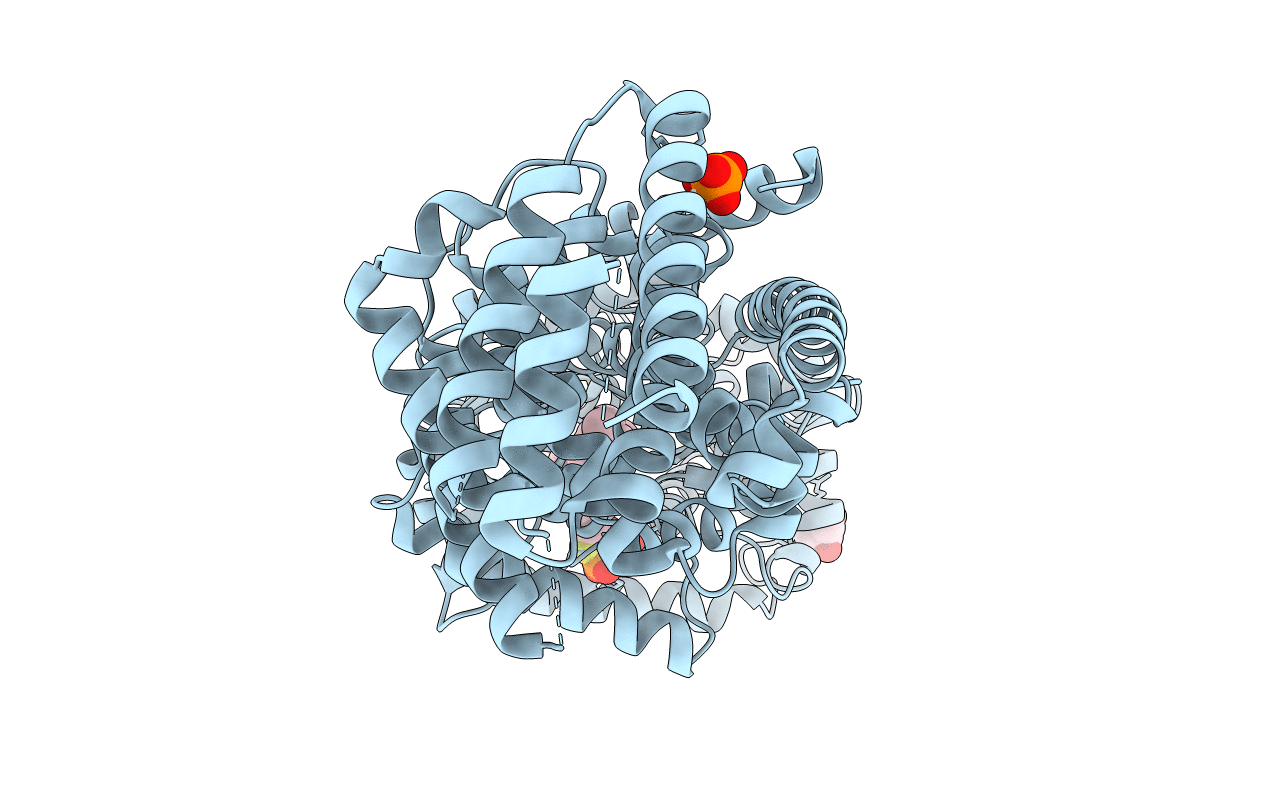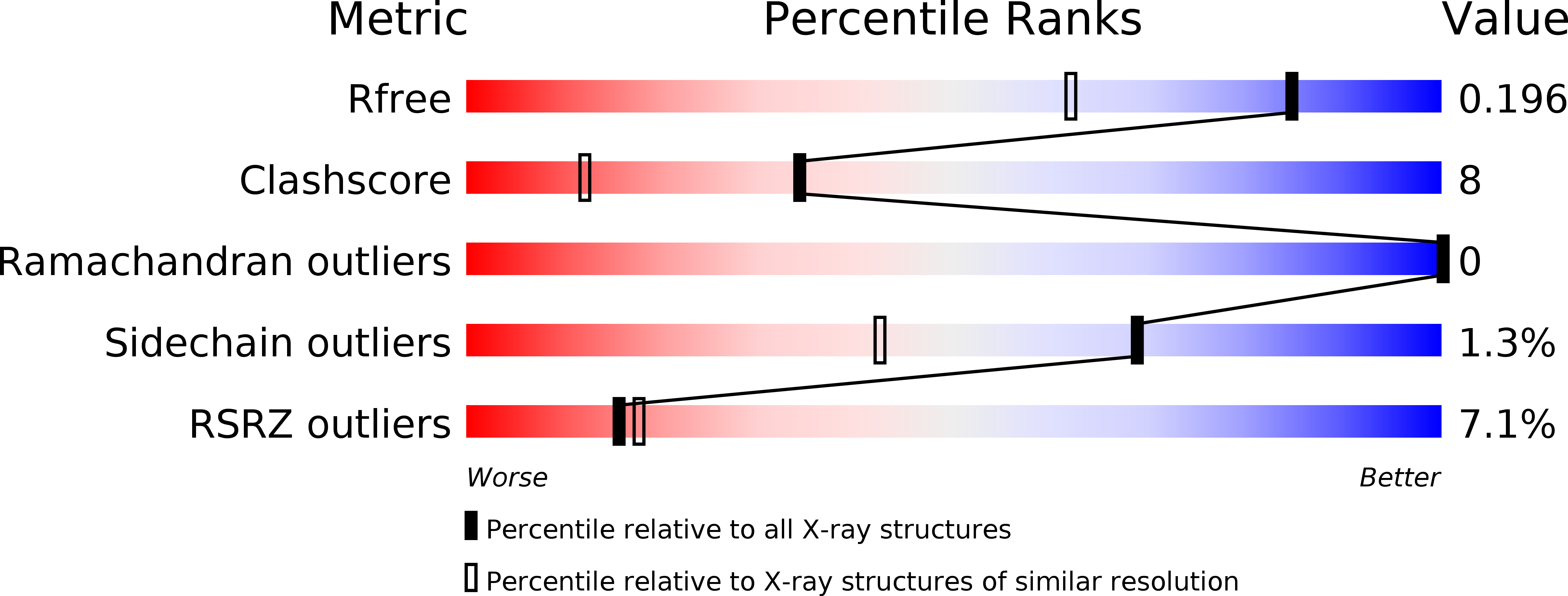
Deposition Date
2013-07-04
Release Date
2013-10-02
Last Version Date
2024-11-06
Entry Detail
PDB ID:
4LIX
Keywords:
Title:
Crystal structure of ent-copalyl diphosphate synthase from Arabidopsis thaliana in complex with (S)-15-aza-14,15-dihydrogeranylgeranyl thiolodiphosphate at 1.55 A resolution
Biological Source:
Source Organism:
Arabidopsis thaliana (Taxon ID: 3702)
Host Organism:
Method Details:
Experimental Method:
Resolution:
1.55 Å
R-Value Free:
0.19
R-Value Work:
0.16
R-Value Observed:
0.16
Space Group:
P 21 21 21


